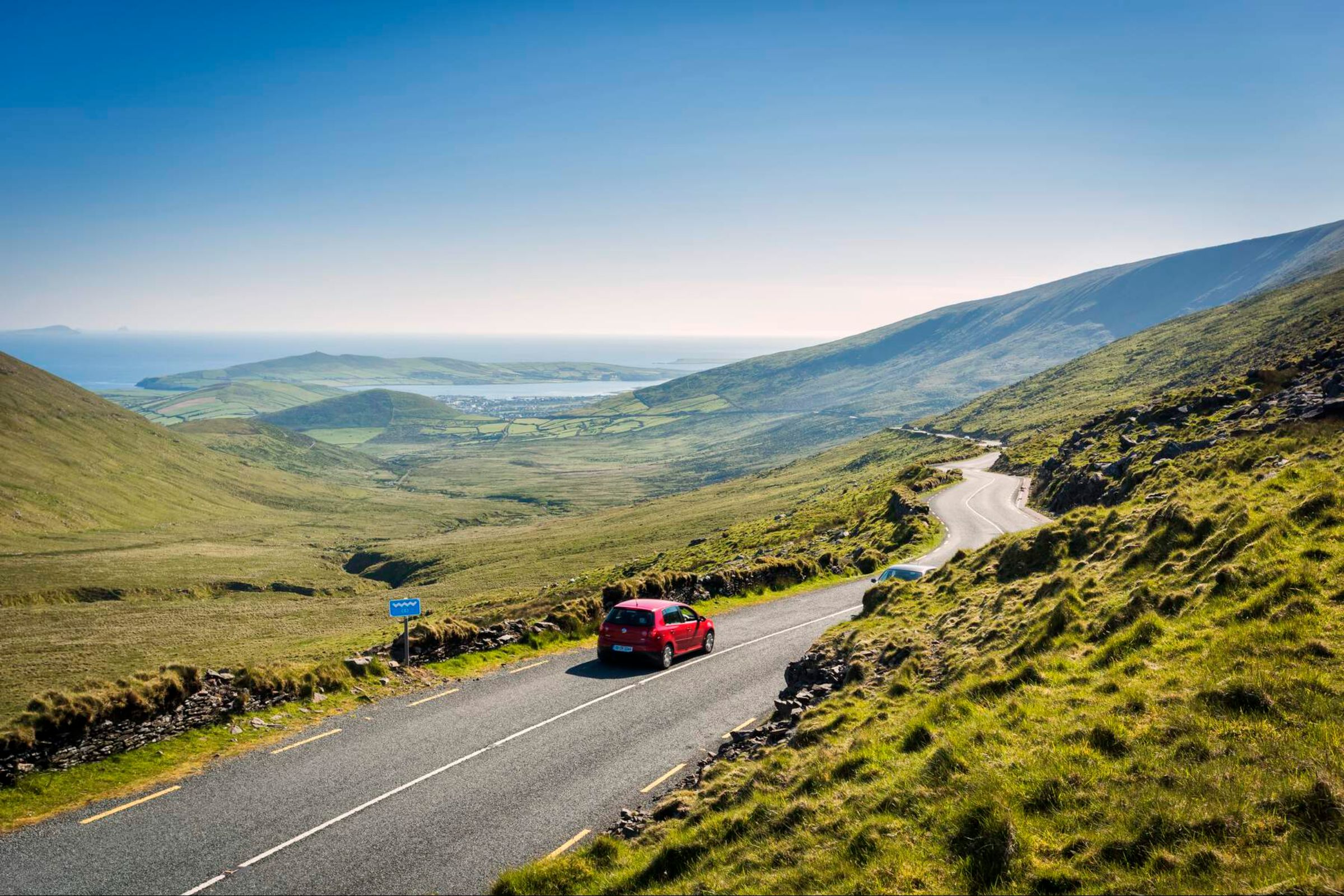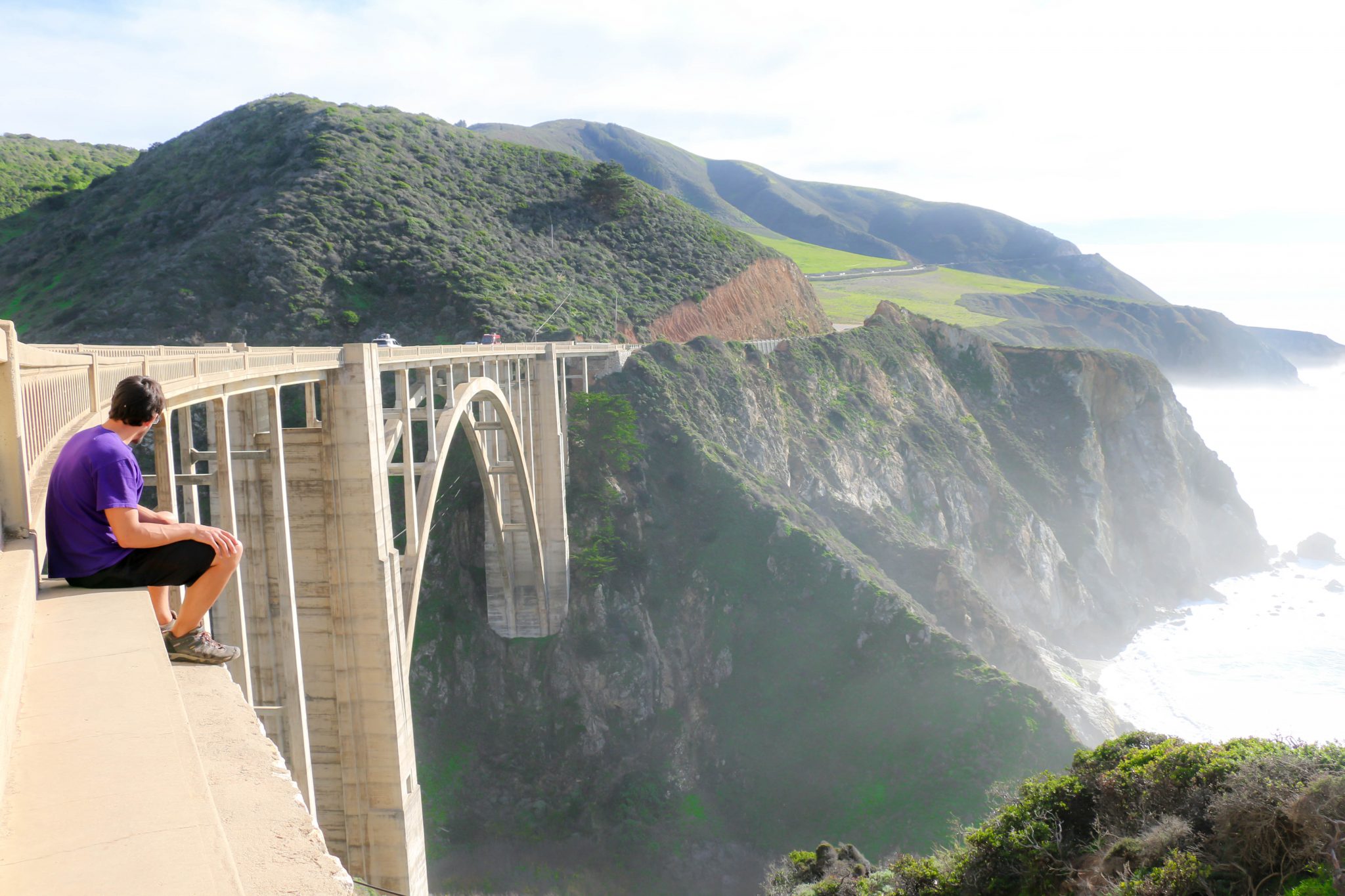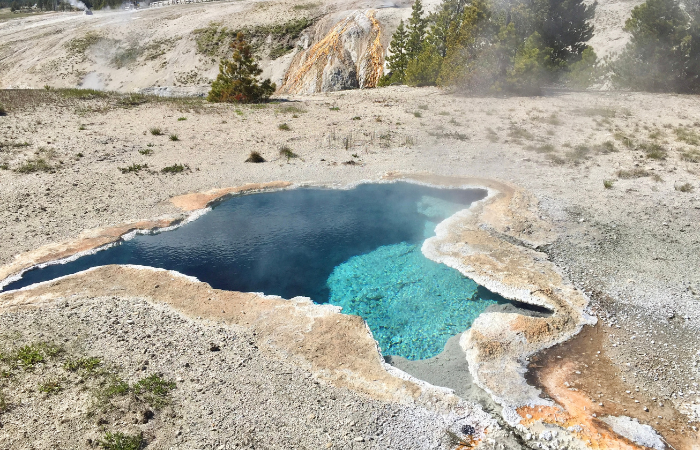Discovery in Grassy Cove Saltpeter Cave

On a cool March Friday in 1972, John Wallace checked out his four seat airplane at the Charlie Brown Airport in Atlanta for a flight to Tennessee. The plan was for John’s wife Youlanda, and their children Paul and Erika along with Art Smith, and Jack Pace to drive up to the Cumberland Mountain State Park in Crossville, Tennessee and rent a cabin for the weekend. My wife Kathy, our six-year-old daughter, Deanna and I would fly with John to the Crossville Memorial Airport in Crossville and we would spend a day of caving the next day.
We would alternate driving and flying in order to have transportation from the airport to the caves we visited in the southeast. Half of the group would fly and the other half would drive. This trip was quite a nice one along the interstate and then we followed the state road into Crossville. It was after dark when we arrived and the airport’s lights were not on. The airport is on top of a mountain and we were a little nervous about finding a place to land. John’s wife was there but could not contact anyone at the airport. John at last managed to radio someone and they turned on the lights.
It was a large cabin at the park and we settled in for a good night of rest before the trip the next day. We planned to visit Devils Sink Hole with the family and then the four of us would explore Grassy Cove Saltpeter Cave on the other side of the mountain. Kathy and Deanna spent a lovely day hiking around the park while we went caving.
A few miles southeast of Crossville is located Grassy Cove, A depression between two mountains that by all rights should be a big natural lake. The rain water that falls in the cove runs north into a cave, then emerges at the Devils Sink Hole, south of the cove and over the mountain. This long mountain contains many caves and a major stream that flow completely under it. Grassy Cove Saltpeter Cave is well known for being a dusty cave and dust masks are handy to avoid histoplasmosis, a lung disease common in dusty caves and chicken houses. I did come down with a light case of this later and it could very well have been from this cave. The doctor wanted to know if I had been around any chicken houses.
We entered the cave and debated about exploring the west dry passages or to venture down the waterfall at the east end of the cave. There were reported to be more caves below the water fall. However, ropes would be required and we were not prepared for that. The water fall room sounded too good to pass up so we opted for going down through the chasm and to the water fall.
The Chasm is a short drop that can be climbed if you chimney out to a narrow portion of the drop. We however chose to use the rope for the drop. We continued down to the waterfall room and poked around looking for any easy lead to continue on. John was checking behind a large rock on the north side of the passage when he noticed air blowing from the rocks. We all got excited and started helping with the easy dig.
In less than an hour we had a small hole that looked to open up below. I was elected to give it a try, I am not sure why I was first but I was grateful. I went feet first into the hole removing my hard hat in order to squeeze through. At the bottom there was a low craw that went to the northeast for about 50 feet and then a ledge with a short drop of about 5 feet into a large room sloping downward. I study the floor and could not make out any tracks. I sat there yelling encouragement to the others to come on down. We had found something big.
I felt like Neil Armstrong on the moon when I made that first step on the floor below and left that first foot print where no one had ever stepped before. The mud had a black coating on top and when you raised your foot it left a very clear orange print about 1 inch deep. It felt strange to walk down into that huge room and then look back at the lonely set of foot prints that would soon turn into a well-worn path.
We explored the one thousand feet of sixty feet wide and thirty feet high passage for the rest of the day, finding formations along the west wall and crystal gypsum flowers covering the floor as the ceiling became lower near the end. We crawled through some breakdown into a much smaller room at the end and could find no way to continue.
We were all very excited about our new find and planned to return to map this new section the following month. We returned on Saturday, April 22, 1972 with the additional assistance of my wife’s cousin, Bill Meier, and mapped the March 18th Discovery. I was working for Eastman Kodak Co. At the time and had access to the latest home movie cameras. I was trying out a new model with very low light capability for taking movies in the cave. We used a Coleman Lantern for the light source and the shutter speed set slow to capture as much light as possible. These short movies can be viewed on my caving web site.
When Jack Pace moved to Nashville he told the caving group there about the discovery. Three years later in 1975 a group of Nashville cavers pushed the end of the Georgia Room and discovered the Nashville Extension, a stream passage that extended the cave far under the mountain. This is the reason we go into caves, to see what is there.
As of the close of 2013, the largest room in Grassy Cove Saltpeter Cave does not have a name. As I was the first person to set foot there, I take pleasure in naming the passage that averages thirty feet high by sixty feet wide, and one thousand feet long, the “Georgia Room.”
Grassy Cove Saltpeter Cave now ranks eleventh in the state of Tennessee for the longest cave. I would like to think that we made it a little easier for future cavers to discover the miles of cave that followed in this great cave. Great discoveries were made in the following years, and then in the late 70’s the Smoky Mountain Grotto sealed our small hole with a slab of concrete marked “S.M.G.”
1 Blue Spring Cave 33 miles
2 Cumberland Caverns 27 miles
3 Xanadu Cave System 23 miles
4 Rumbling falls Cave 15 miles
5 Nunley Mountain Cave System 15 miles
6 Big Bone Cave 15 miles
7 Snail Shell Cave System 9 miles
8 Rice Cave 9 miles
9 Cuyler Cave 8 miles
10 Dunbar Cave 8 miles
11 Grassy Cove Saltpeter Cave 8 miles
12 Wolf River 7 miles
13 Haws Spring Cave 7 miles
14 Zarathustra 7 miles
15 Camps Gulf Cave 6 miles
This was the first major discovery that I was involved with and I have been more excited about caving than ever and the challenge of not only exploring but documenting caves with maps, pictures, movies, and articles.




